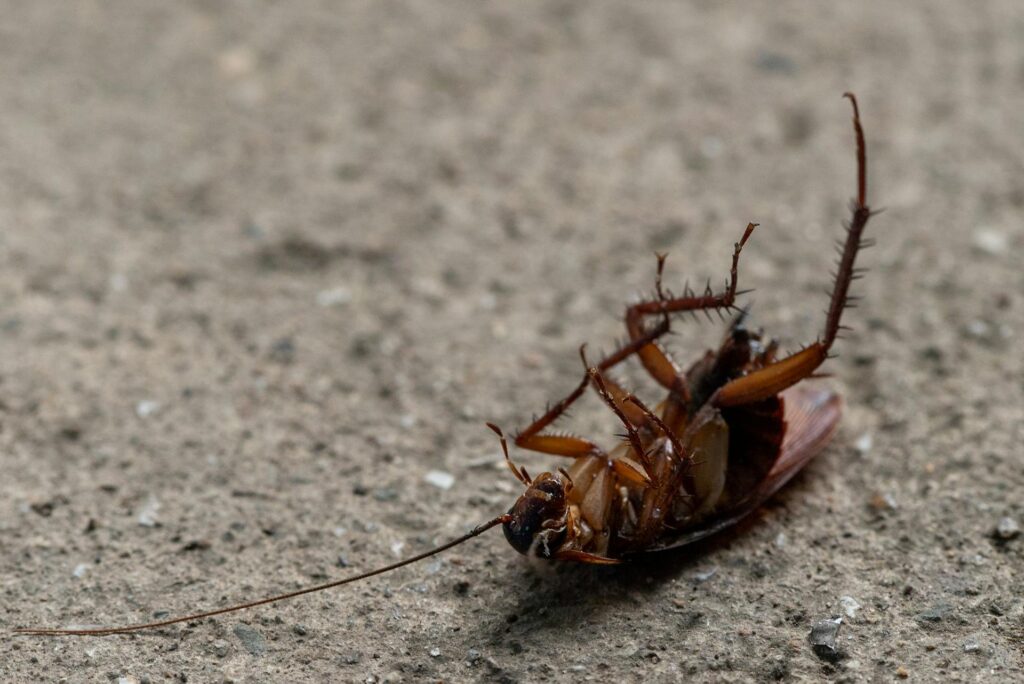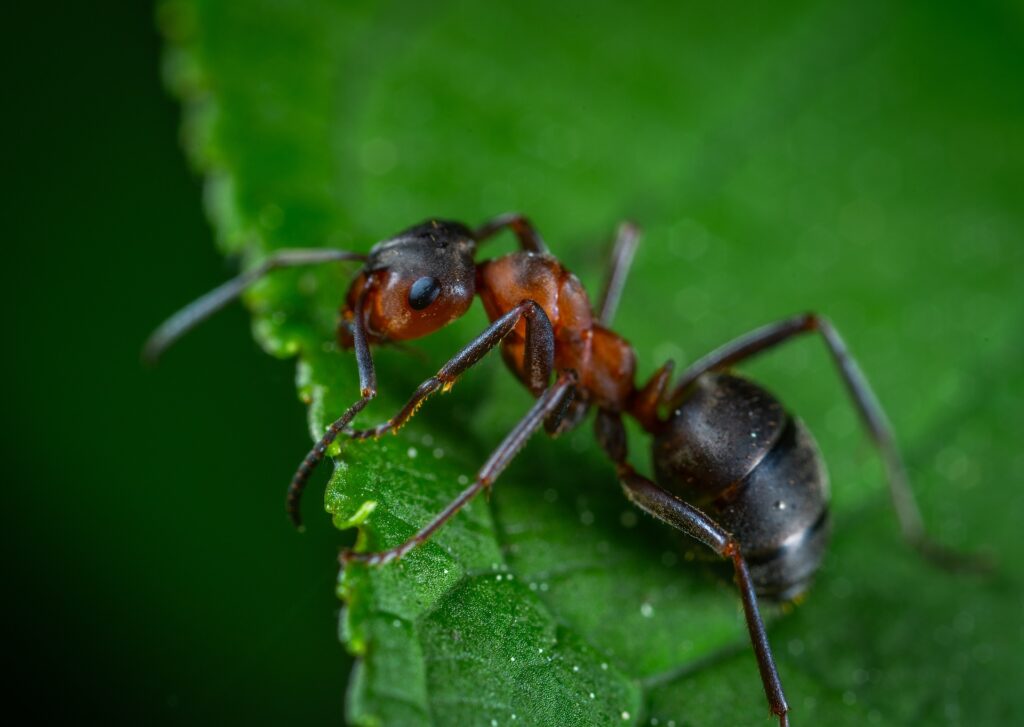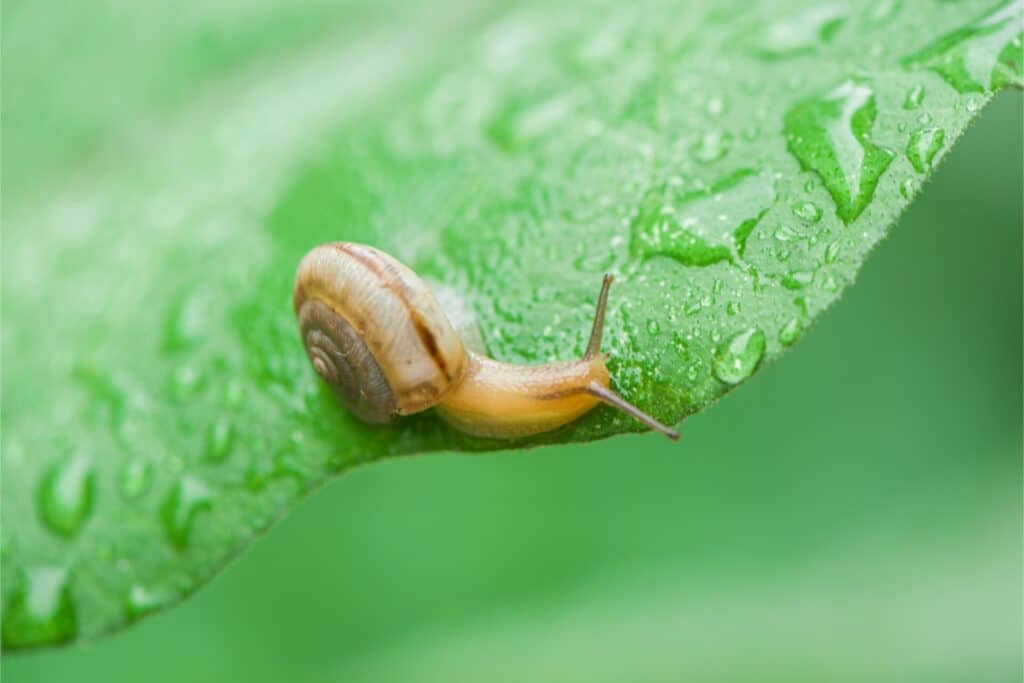If you’re noticing signs of house mice but can’t determine how they’re gaining access to your home, your landscaping might be the missing piece of the puzzle. While most homeowners focus their attention on obvious entry points like foundation cracks, utility penetrations, and crawl spaces, the vegetation surrounding your home can provide mice with exactly what they need for successful invasion: cover from predators, easy access to elevated areas, and direct pathways inside.
The connection between landscaping and rodent infestations extends beyond just cluttered shrubs or overgrown flowerbeds—the rodent entry points often begin well before reaching your exterior walls. Understanding these plant highways can help you identify and address vulnerabilities that might otherwise go unnoticed. Let’s examine three specific, frequently overlooked ways mice use your garden plants to bridge the gap between your yard and your living spaces.
1. Overhanging Branches Work Like Ladders
You don’t need to live in a heavily wooded area for this to become a problem. Even a single tree limb extending near your roofline can establish a regular route for mice to access your home. These rodents are surprisingly adept climbers—agile enough to scale rough bark surfaces, balance along narrow cables, and jump up to a foot vertically when motivated. When branches grow close to your roof, eaves, or upper-story windows, they essentially function as convenient access ramps.
From these overhanging branches, mice easily reach gutters, roof vents, or tiny gaps where siding meets fascia boards. It’s important to remember that these entry points don’t need to be wide openings—mice can squeeze through holes as small as a dime. In neighborhoods with older homes or mature landscaping, this mode of entry occurs far more frequently than most homeowners realize.
The best preventive practice is maintaining at least 6-8 feet of clearance between tree branches and your roof or upper story. This buffer zone provides adequate margin even when strong winds or storms temporarily push branches closer to your home’s exterior, ensuring mice can’t make the jump from tree to structure.
2. Dense Ground Cover Lets Mice Scout for Openings
Low-growing vegetation like spreading shrubs, ivy, ornamental grasses, and even thick mulch beds can create perfect concealed tunnel systems for mice. This ground-level vegetation provides multiple benefits from the rodent’s perspective: it hides them from natural predators like hawks and cats, shields them from human detection, and allows them to remain close to foundation walls—precisely where they’re actively searching for structural vulnerabilities.
The pattern typically unfolds as follows: mice weave their path through the protective plant cover, press their bodies against your home’s exterior wall, and methodically search for foundation cracks, weep holes, or gaps around utility entries they can exploit. Once they manage to slip inside, they often establish nests behind insulation or follow the natural pathways created by pipes and ductwork throughout your home.
Regular visual inspection becomes crucial when dealing with this entry method. If you’ve allowed thick vegetation to grow directly against your home’s foundation, consider pulling it back to create a clear perimeter. Maintaining at least a 12-18 inch buffer zone between plants and exterior walls allows you to easily spot suspicious signs like rodent trails, droppings, or gnaw marks before they develop into full-blown infestations.
3. Vines Offer Vertical Access Straight to the Attic
Ornamental climbing plants like ivy, creeping fig, Virginia creeper, or climbing roses may enhance your home’s aesthetic appeal, but they simultaneously function as convenient vertical highways for mice. The textured, grip-friendly surface of climbing vines provides rodents with the perfect medium to rapidly ascend your exterior walls. Following these natural ladders, mice can reach upper levels of your home, then slip under loose soffits, through unscreened attic vents, or beneath damaged roof tiles.
The presence of these rodents often goes unnoticed until you begin hearing scratching or scurrying sounds above your ceiling. By this point, professional intervention is typically necessary. Climbing vines create a particularly challenging situation because they not only provide access routes but also conceal the specific entry points mice are using, making it difficult to identify exactly where the breach occurred.
This explains why effective pest control for mice extends beyond simply sealing visible holes—it requires identifying the landscape features that facilitate rodent movement patterns.
If you’ve already established climbing vines on your home’s exterior, you don’t necessarily need to remove them completely. Instead, ensure they aren’t creating uninterrupted paths to vulnerable entry points by trimming them away from windows, vents, and rooflines while regularly inspecting for signs of rodent activity.
Next Steps
When you’re ready for a more thorough assessment of potential landscaping-related entry points, our pest control specialists can help identify these less-obvious access routes. We understand the relationship between your landscaping choices and potential pest problems, allowing us to develop targeted prevention strategies that address the root causes of infestations.
Our pest control service examines not just the obvious entry points but also the surrounding environment that facilitates mouse movement. By identifying and addressing these plant highways, we can help create a more effective solution for rodent control while preserving the aesthetic value of your landscaping.
Get a free quote today to learn how our team can help you identify and eliminate the landscaping factors that might be contributing to your mouse problems. With Aptive, you can maintain both a beautiful property and a home without mice or rodents.








